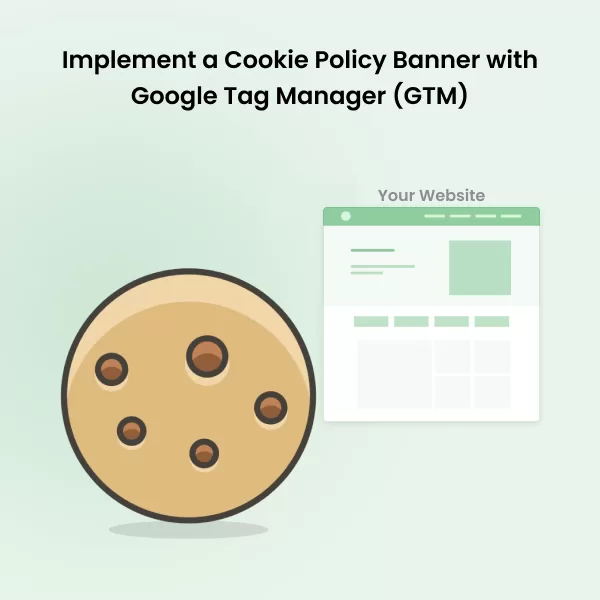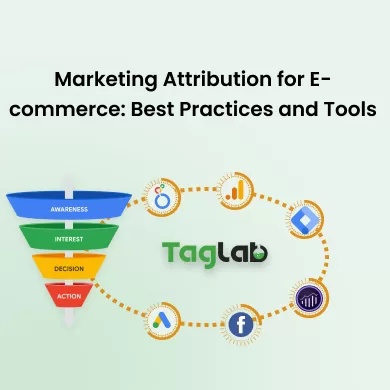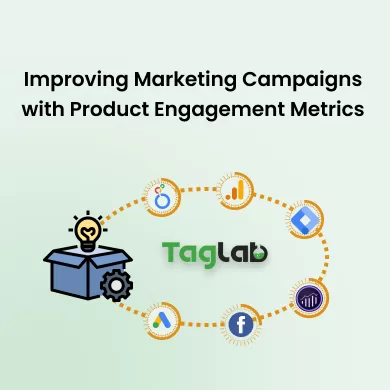Your cart is currently empty!
Cost Per Engagement (CPE)
Posted by:
|
On:
|
Cost Per Engagement (CPE) is a digital advertising pricing model where advertisers pay for user interactions with their ads rather than impressions or clicks alone. Engagements can include actions such as likes, shares, comments, video views, or any other form of interaction that demonstrates user interest. CPE is commonly used in social media advertising and interactive ad formats where engagement is a key performance indicator.
Detailed Explanation
Cost Per Engagement (CPE) is an advertising model that focuses on the quality of interactions rather than the quantity of impressions. It is particularly effective for campaigns where the goal is to drive deeper user involvement rather than just exposure. Key aspects of CPE include:
- Engagement Definition: In a CPE model, engagements are predefined actions that demonstrate user interaction with the ad, such as clicking on a video to watch it, liking a post, sharing content, commenting, or any other specified action.
- Measurable Interactions: CPE allows advertisers to measure and pay only for meaningful interactions that reflect user interest, ensuring that their budget is spent on engaged users rather than just passive viewers.
- Campaign Optimization: Advertisers can optimize their campaigns by focusing on content that drives higher engagement, adjusting ad creative, targeting, and placements based on which aspects generate the most interactions.
- Performance-Based Cost: CPE is a performance-based pricing model, meaning advertisers only pay when users actively engage with their ads. This can lead to more efficient use of advertising budgets, as costs are directly tied to user actions.
- Common Platforms: CPE is widely used on social media platforms like Facebook, Instagram, and Twitter, where user interactions such as likes, shares, and comments are key indicators of ad effectiveness.
By using the CPE model, advertisers can focus on generating quality engagements that are more likely to lead to conversions, brand loyalty, or other desired outcomes. This model is particularly beneficial for brands looking to build relationships with their audience through interactive and engaging content.
Key Points
- What it is: A digital advertising pricing model where advertisers pay for user interactions with their ads, such as likes, shares, comments, or video views, rather than impressions or clicks alone.
- Why it matters: CPE is important because it ensures that advertising budgets are spent on meaningful interactions that demonstrate user interest, leading to more effective and targeted campaigns.
- How to use it: Implement CPE by defining what constitutes an engagement, creating content that encourages interaction, and using platforms that support CPE pricing to optimize your campaigns based on user engagement data.
Examples
- Social Media Ad Campaign: A fashion brand runs a CPE campaign on Instagram, paying only for engagements such as likes, comments, and shares on their sponsored posts. The brand can measure the effectiveness of their ad by analyzing the engagement metrics.
- Video Engagement: A tech company uses CPE to promote a product video on Facebook, paying only when users click to watch the video. This allows the company to ensure that their budget is spent on users who show genuine interest in the content.
Related Terms
- Cost Per Click (CPC)
- Cost Per Impression (CPM)
- Engagement Rate
- Performance-Based Marketing
Frequently Asked Questions
What is Cost Per Engagement (CPE)?
Cost Per Engagement (CPE) is a digital advertising pricing model where advertisers pay for user interactions with their ads, such as likes, shares, comments, or video views, rather than impressions or clicks alone.
Why is CPE important for advertisers?
CPE is important because it ensures that advertising budgets are spent on meaningful interactions that demonstrate user interest, leading to more effective and targeted campaigns.
How do businesses use CPE in their campaigns?
Businesses use CPE by defining what constitutes an engagement, creating content that encourages interaction, and using platforms that support CPE pricing to optimize their campaigns based on user engagement data.



